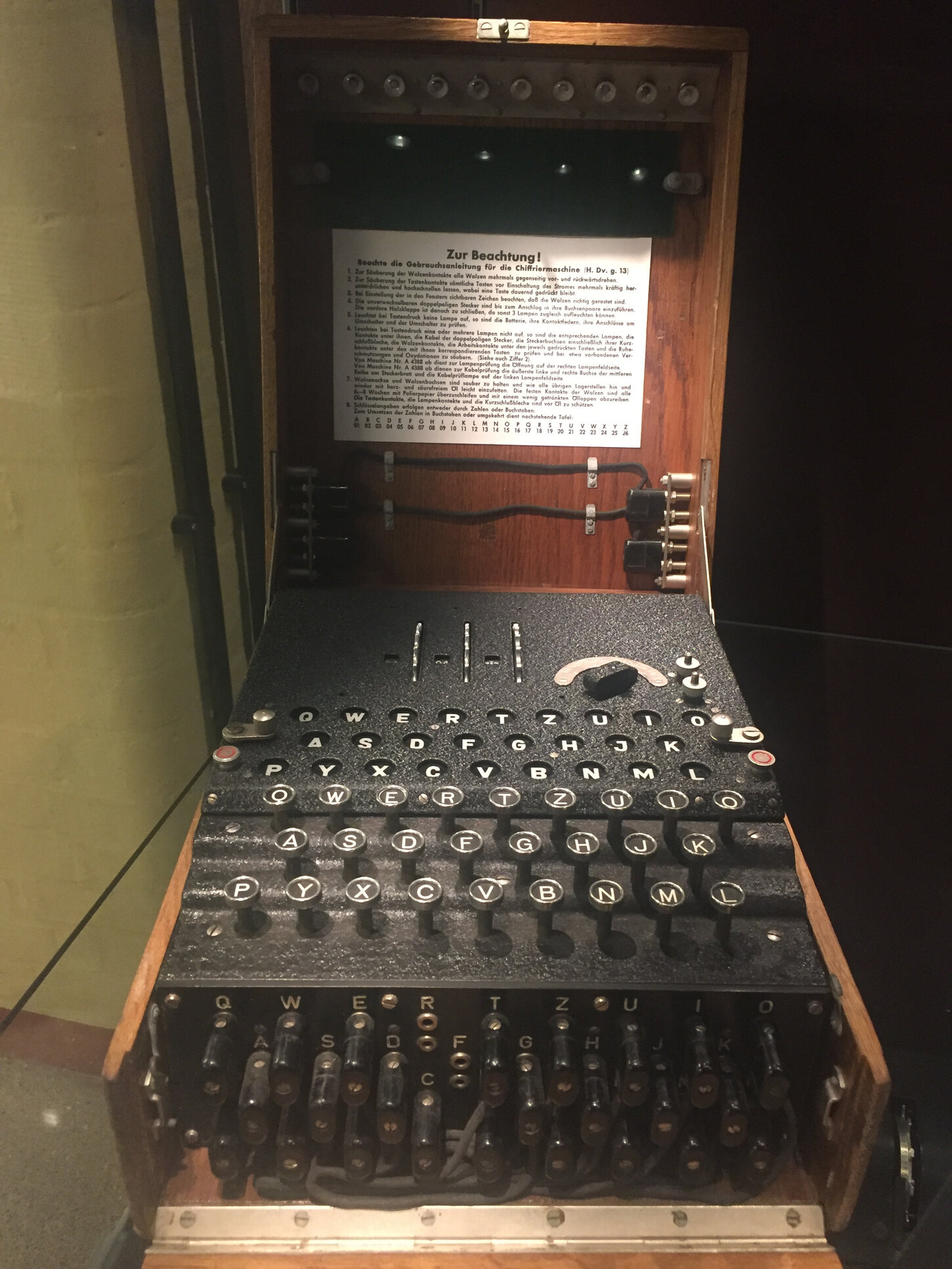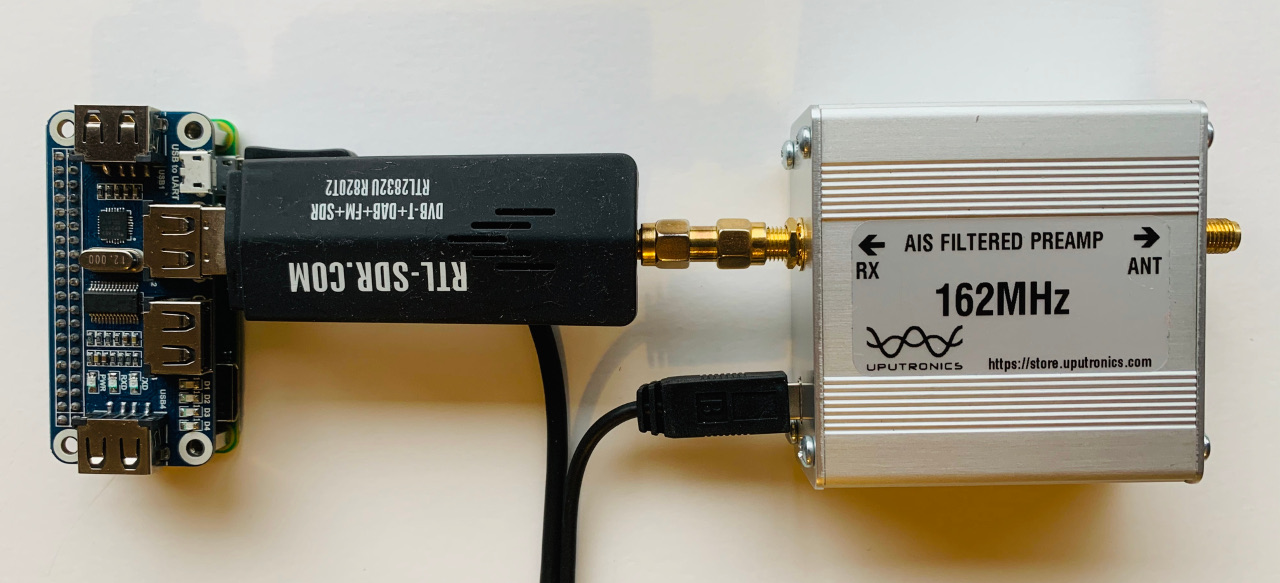News Page 10
This page contains all the latest news about school amateur radio clubs. Please contact us to add your SARC news to this page. Send us a picture and description of your SARC activities. Remember to get parental permission to publish student photographs on this site and in our newsletters.
SARCTRAC Mk 2
In October 2020 we released our SARCTRAC Mk2 Satellite Antenna Rotator Controller and TRACker.

History
We first introduced our free, Arduino-based, "Mini Satellite-Antenna Rotator" in 2015. It was a great success, with nearly 1000 radio enthusiasts from around the world building one. Unfortunately, sourcing the correct components, compiling and uploading the software and calibrating the sensor was too much for many who attempted building it. Let alone the pitfalls of setting up and using third-party, satellite-tracking software. And, as much as we love helping our readers out, we realised that we were spending more time supporting them than developing new projects and activities for the kids.
We partly solved that problem by designing an integrated satellite tracking system that just works: SARCTRAC Mk1 took us over 15 months to develop and was the second generation of our 3D-Sensor based antenna rotator. It was half the size of the original unit with many new features. SARCTRAC Mk1 was offered as a DIY kit with all the parts and software required. Unfortunately, it only supported one type of radio: The Yaesu FT-817 and was only suitable for the experienced builder. So, we were still confronted with a very large support effort.
In 2020, due to the COVID-19 pandemic, we experienced parts shortages, freight delays and months of home isolation. So, we spent another 5 months re-designing and developing SARCTRAC Mk2, with many more new features. In October 2020, we offered the first 40 units as a fully-assembled, tested and calibrated product. This approach provided us with a wealth of experience in the production process. In the end we decided manufacturing it ourselves was the only way to ensure high quality components, production processes, reduced support effort and, ultimately, reader satisfaction. We expect to continue our small-scale production effort of fully-assembled, tested and calibrated SARCTRAC Mk2 products in the future. However, we are not commercial manufactures and our primary goal is still introducing STEM to school kids using Amateur Radio. So, stocks may still be limited from time to time. We hope you understand.
SARCTRAC Mk2 Assembly
Background
SARCTRAC was developed so that students at our School Amateur Radio Clubs can have fun and learn about Low Earth Orbiting satellites during our lunchtime sessions. It takes minutes to set up, in the playground, on a mountain summit, down at our local footy oval or even in the backyard. It starts tracking visible satellites from the selected satellite list right away.
The inspiration for SARCTRAC was to help little kids have fun in space: Well, at least to play with things in low earth orbit! You might be surprised just how many tiny cube-sats and regular polar-orbiting satellites there are. The first challenge is to know when and where the satellites will be. Then to point a hand-held antenna up at them while they pass overhead. You also have to constantly adjust your radio transmitter and receiver frequencies to compensate for something called Doppler shift.
Tracking satellites is a bit like fishing in the sky and just as challenging. Our School Amateur Radio Club students think SARCTRAC is really fascinating to watch - and so do we. It is really exciting when the kids hear their first satellite. They try to imagine where the satellite is, by looking along the antenna boom and ask: "It's up there?" and then “Can we talk to it?” We say. “Of course, you can.”
But the reality is that satellites move so fast that their position and radio frequency is constantly changing. Tracking a satellite by hand, while trying to tune an Amateur Radio transceiver for a typical 10-minute overhead pass, is a real chore for kids. Setting up an automatic tracking system, with a commercial antenna rotator and all the computers, cables and programs needed, is both tricky and expensive. It turned out that our young radio enthusiasts found all that quite challenging, which detracted from the fun of getting to know our new friends in space. It was hard for us, too, just getting everything to work at different schools. So, we set about to design a fully automated system.
We designed SARCTRAC to be quick and easy for the kids to set up, and now, it does all the work for them. SARCTRAC helps kids spend more time listening to signals from space, receiving data or pictures and even communicating with others via satellites. School kids in space? We say: "No problems"!
SARCTRAC Mk2 Calibrating and Testing
The Enigma Project
In May 2018 we visited the The Government Code and Cypher School at Bletchley Park in the UK. It left a lasting impression on us: How the work done there by the British, and the earlier work by the Polish, was instrumental in bringing about an early end to World War II, saving countless lives. Central to their effort was decoding messages from the infamous German Enigma machine.
We always wanted to commemorate this experience by writing something about it for school students here. However, we are not historians and there are already so many on-line resources, including some very good Enigma machine software simulators, so we wondered how we could contribute in some other way? In the end we decided to start a project of our own: To build a working Enigma machine toy for kids.
We started by researching how the Enigma machine worked. Our first effort was to build a software simulator of the Enigma machine, written in Python 3. However, this was just a proof of concept, to show that we had correctly understood the design of the real Enigma machine. After testing this program against authentic, historical, messages, from different models of the machine, we progressed to the next stage of building a battery-operated, toy Enigma machine. See The Enigma Project.

The Enigma Machine
AIS Receiver Mk2
In May 2020 we updated the free software for our popular AIS Receiver project, originally described in Amateur Radio Magazine, May 2016 edition. The update was later reviewed favourably by RTL-SDR.COM, a company supplying USB SDR Receivers. The software upgrade included building a new micro SDHC card image, using the Raspbian Buster release of Linux for the Raspberry Pi, and distributing it using Google Drive. We also updated the start-up process, by installing the application as a service.

AIS Receiver Mk2

